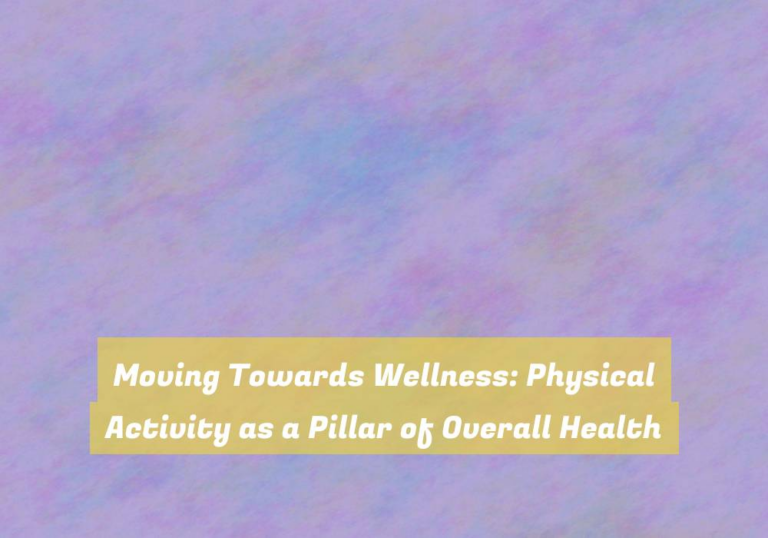Breathe Easy: A Comprehensive Guide to Smoking Cessation for a Healthier Life
Imagine finally being able to take a deep breath without feeling the weight of smoke in your lungs. For many, the journey to becoming smoke-free may seem daunting, but itG??s not impossible.
In G??Breathe Easy: A Comprehensive Guide to Smoking Cessation for a Healthier Life,G?? youG??ll uncover practical strategies and insights that can help you kick the habit for good. From understanding the root of the addiction to discovering effective ways to overcome withdrawal symptoms, this guide is designed to provide you with the tools and support you need to make a lasting change.
As you explore the pages ahead, youG??ll find a roadmap to a healthier, smoke-free life, and the freedom that comes with it.
Understanding the Addiction
To truly understand the addiction to smoking, itG??s important to recognize the powerful influence it has on both your physical and psychological well-being.
Physically, smoking leads to a dependence on nicotine, a highly addictive substance. When you inhale smoke, nicotine reaches your brain in a matter of seconds, causing a release of dopamine, the G??feel-goodG?? chemical. Over time, your brain becomes accustomed to this surge of dopamine, making it hard to feel pleasure without nicotine. This physical dependence can lead to withdrawal symptoms when you try to quit, making it challenging to break free from the habit.
Psychologically, smoking becomes intertwined with your daily routines, emotions, and habits. It may serve as a coping mechanism for stress, anxiety, or boredom, creating a strong association between certain activities and the act of smoking. As a result, the thought of giving up cigarettes can trigger feelings of fear and unease.
Understanding the deep-rooted connection between smoking and your mental state is crucial in overcoming the addiction and building a healthier lifestyle.
Creating Your Quitting Plan
Ready to take control of your journey to a smoke-free life? Creating a solid quitting plan is crucial for your success.
Start by setting a quit date. Choose a date within the next two weeks to give yourself enough time to prepare but also to prevent procrastination.
Inform your friends and family about your plan to quit. Their support can make a significant difference.
Identify your triggers and develop strategies to deal with them. Whether itG??s stress, social situations, or certain places, having a plan to cope with these triggers will help you stay on track.
Consider using nicotine replacement therapy or other medications to help manage cravings and withdrawal symptoms.
Additionally, find alternative activities to replace the habit of smoking. This could be anything from going for a walk, chewing gum, or practicing deep breathing exercises.
Lastly, seek professional support. Whether itG??s through counseling, a support group, or a quitline, having someone to talk to and lean on during this journey can be invaluable.
Overcoming Withdrawal Symptoms
Experiencing withdrawal symptoms when quitting smoking is a common and challenging part of the process. ItG??s important to remember that these symptoms are temporary and a sign that your body is healing.
The first few days are usually the toughest, but with the right strategies, you can overcome these challenges. One effective approach is to stay busy and distracted. Engage in activities that keep your mind and body occupied, such as exercise, hobbies, or spending time with friends and family.
Additionally, staying hydrated can help flush out toxins from your body and reduce the intensity of withdrawal symptoms. ItG??s also beneficial to seek support from friends, family, or a support group. Having someone to talk to or share your experiences with can make a significant difference.
Furthermore, consider using nicotine replacement therapy or medications prescribed by a healthcare professional to help manage withdrawal symptoms. These can ease the discomfort and cravings, making it easier for you to stay on track with your cessation journey.
Sustaining a Smoke-Free Lifestyle
Once you have successfully quit smoking, maintaining a smoke-free lifestyle requires determination and ongoing support.
ItG??s essential to identify potential triggers that may tempt you to smoke and develop strategies to cope with them.
Surround yourself with supportive friends and family who can encourage and motivate you.
Engage in activities that keep your mind and body occupied, such as exercise, hobbies, or volunteer work. Regular exercise not only distracts you from cravings but also helps alleviate stress and boosts your mood.
Remind yourself of the reasons you quit smoking and the benefits youG??ve experienced since then.
Consider joining a support group or seeking professional counseling to help you stay on track.
Celebrate your milestones and achievements, no matter how small they may seem.
ItG??s okay to ask for help when you need it.
Remember that slip-ups can happen, but they donG??t mean failure. Learn from them and continue moving forward.
With determination, support, and a proactive approach, you can sustain a smoke-free lifestyle and enjoy the long-term health benefits it brings.
Conclusion
Now that you have a comprehensive guide to smoking cessation, you can take control of your health and start living a smoke-free life.
Understanding the addiction, creating a quitting plan, overcoming withdrawal symptoms, and sustaining a smoke-free lifestyle are all within your reach.
You have the power to make positive changes for a healthier and happier future. Remember, you arenG??t alone in this journey, and support is available every step of the way.
YouG??ve got this!







Your exploration of the journey to becoming smoke-free resonates deeply with many individuals, including myself. The dual nature of nicotine addiction—both physical and psychological—can be a formidable barrier, making the path to cessation complex and often overwhelming.